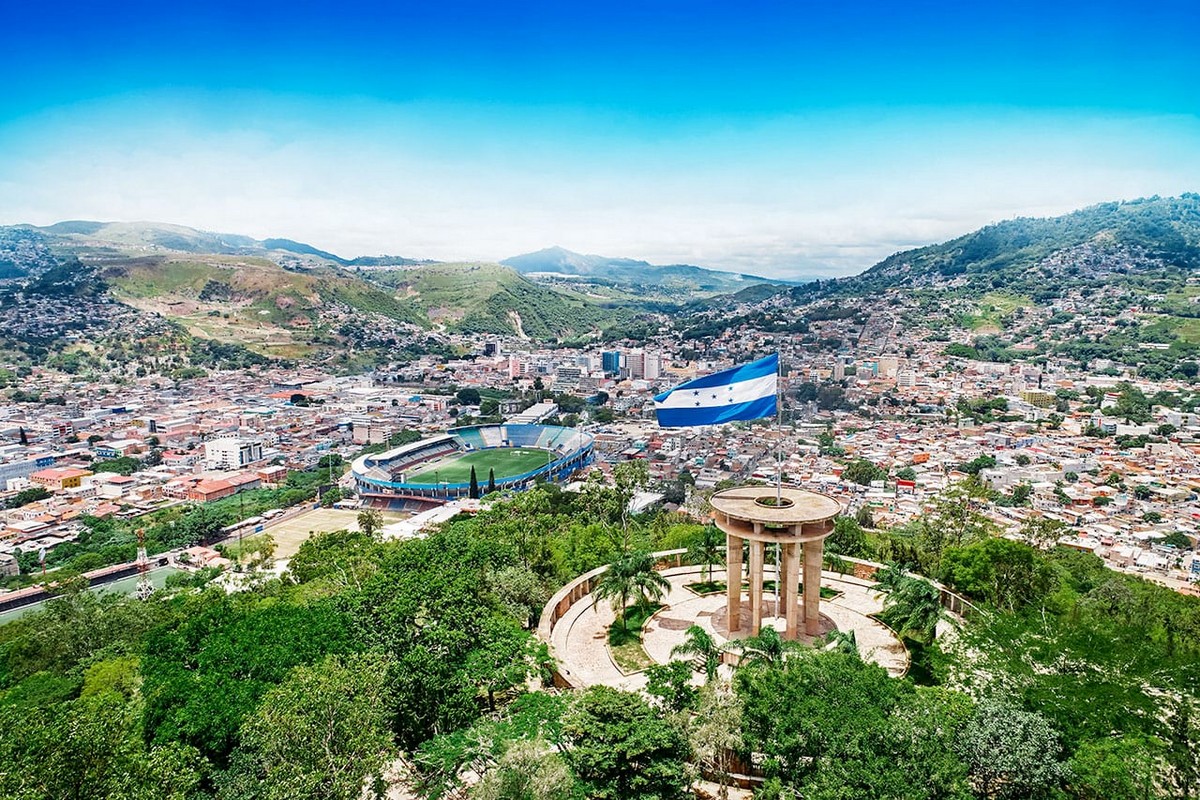Known formally as the Republic of Honduras, this nation is located in Central America. It has a limited Pacific coastline in the south and a more expansive Caribbean coastline in the north. The Bay Islands, located in the Caribbean Sea, are part of its jurisdiction. Most Hondurans live in the nation’s mountainous interior. More than three-quarters of Honduras is covered in the mountains, with a few plains around the beaches and the many river basins extending inland. The tropical climate of the country is the reason behind its abundant biodiversity. Honduras is the only Central American country with no active volcanoes.
Honduras is known for its stunning beaches, abundant biodiversity, delicious cuisine, and heritage from its thousand-year-old Mayan civilization. Their food is as colorful as their culture and as diverse as their biodiversity. The white beaches along the Caribbean and the Mayan ruins are popular destinations for tourists.
A Country of “Great Depths”
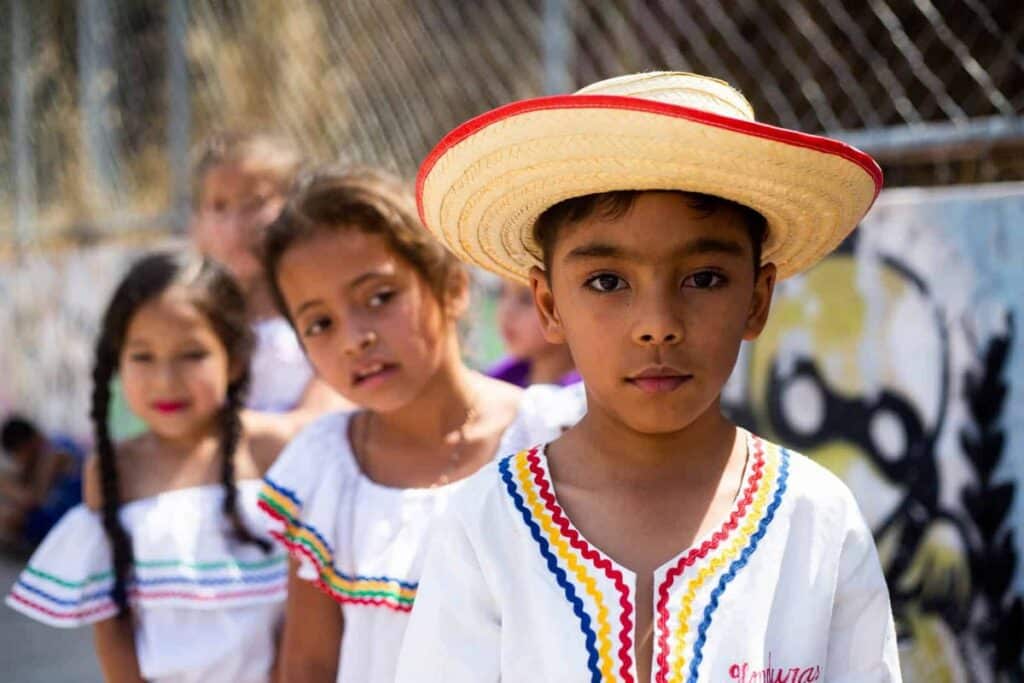
Christopher Columbus set foot on Honduran land for the first time on July 30, 1502. He quickly laid claim to the land in the name of Ferdinand I of Aragon and Isabella I of Castile. The deep waters along the shore inspired him to call the region “Honduras,” which translates to “depths.”
Before the Spaniards came, indigenous peoples, notably the Mayans, had always called Honduras home. The Lencas lived in what is now the west and central parts of Honduras. Despite occasional disagreements, these independent communities continued to trade with one another.
Honduras is Home to Many Mayan Ruins

Notable Mesoamerican civilizations, such as the Maya, flourished in Honduras. At its peak between 426 AD and 820 AD, the ancient Maya metropolis of Copán, now a Unesco World Heritage Site, was one of the most populous metropolitan centers in the Maya world. Although Diego Garcia de Palacio discovered the location in 1570, it was in the 19th century that it was excavated. You may still see its destroyed fortress and grand public squares today. The Ceremonial Plaza is one of the five plazas you can visit, and it has a great stadium with beautifully sculpted monoliths and altars.
The Gates of Hell Is in Honduras
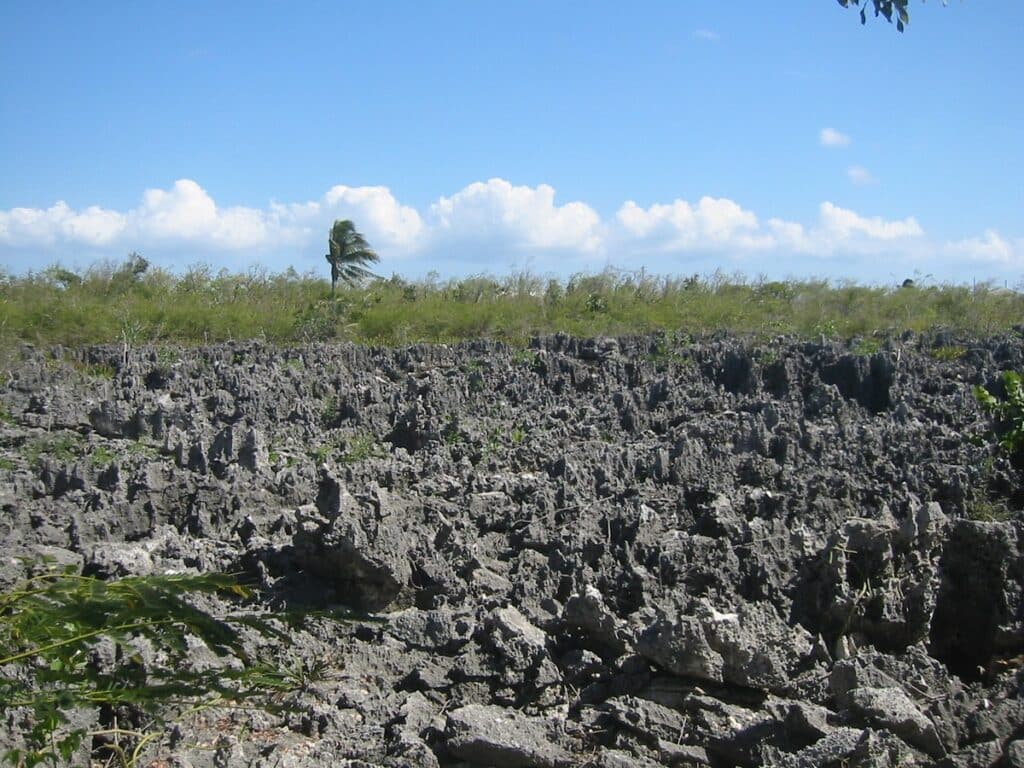
The gates of hell on earth are not a massive fiery land but a notorious set of rapids, also known as El Portal del Infierno. Many brave travelers died on the “The Gates of Hell” of Patuca, the reason why it earned its name. The Patuca may be many kilometers in length during flooding. Located southeast of Juticalpa in northern Honduras, the confluence of the Guayape and Guayambre rivers creates the Patuca. It is the second-longest river in Central America. Around ten miles to the northeast, the river crosses the Mosquito Coast and empties into the Caribbean Sea.
The Fifth Largest Producer of Coffee
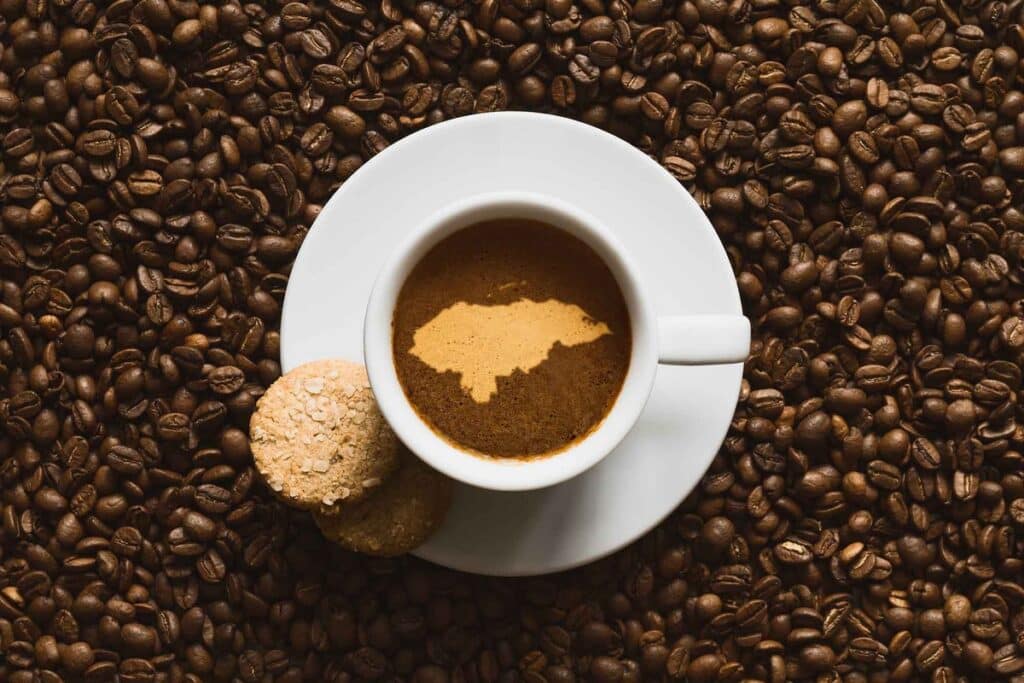
Honduras produces some of the world’s finest coffee. Honduras has recently risen to the fifth-largest coffee grower in the world. For such a tiny nation, this is a remarkable accomplishment. However, coffee from Honduras is well-known for its high quality, not its abundance. Most of their coffee is 100% Arabica and grown at high altitudes. Independent farmers compete to produce the best beans. Over time, Honduran coffee’s popularity has risen because it outsells beans from almost all Central American countries. Coffee is a vital component of the Honduran economy, accounting for 30% of agricultural and 5% of the overall GDP.
The Birds of Colors
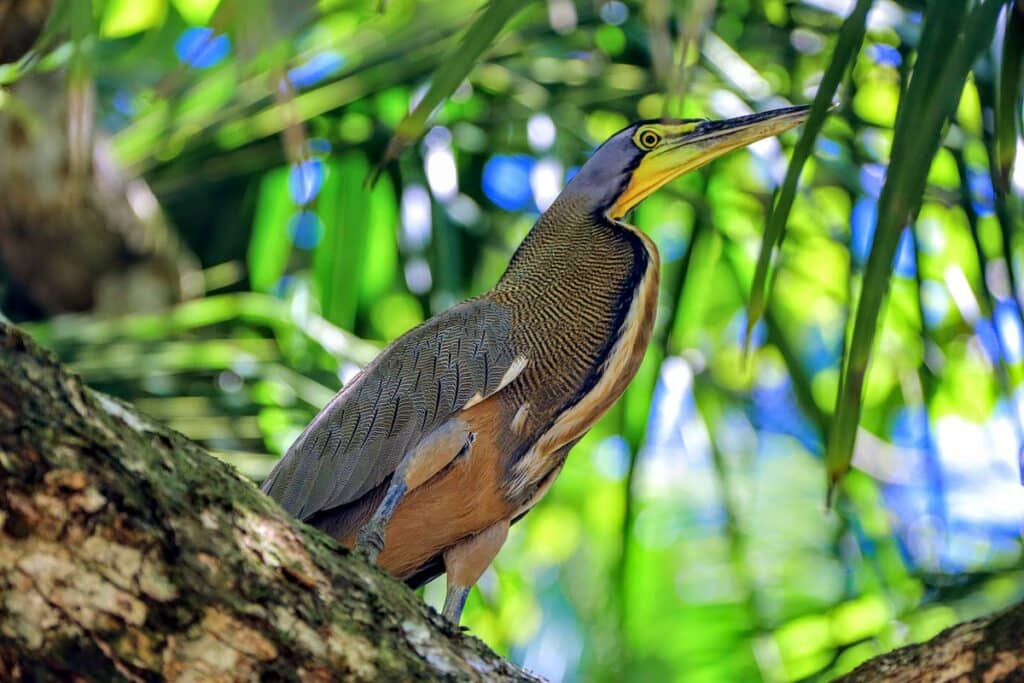
Because of its abundance of unique bird species, Honduras is a popular destination for birdwatchers. The Scarlet Macaw or Aro Macao is the national bird of Honduras, and it may be easily identified by its vibrant scarlet, blue, and yellow plumage. The Honduran Congress officially recognized this species as the country’s national bird in 1993. There are around 600 scarlet macaws in the Gracios a Dios, with one family responsible for guarding 38 macaw nests. The birds eat a diet of rice, beans, and dry dog food to stay alive.
The Real Banana Republic

You may have heard of the nickname “Banana Republic” for Honduras. This is because bananas were the country’s primary product at the turn of the twentieth century. Banana businesses were essential in the economic growth of Honduras’s Caribbean coast. The American author O. Henry first used the word about Honduras in 1904. Toppling President Miguel Dávila of Honduras in 1911, he plotted the coup with ex-President Manuel Bonilla. This marked a turning point in Honduras’s transition to a “banana republic,” as the country’s economy grew reliant on a single commodity. Bananas became Honduras the world’s leading exporter by 1929.
No Smoking, Even at Home
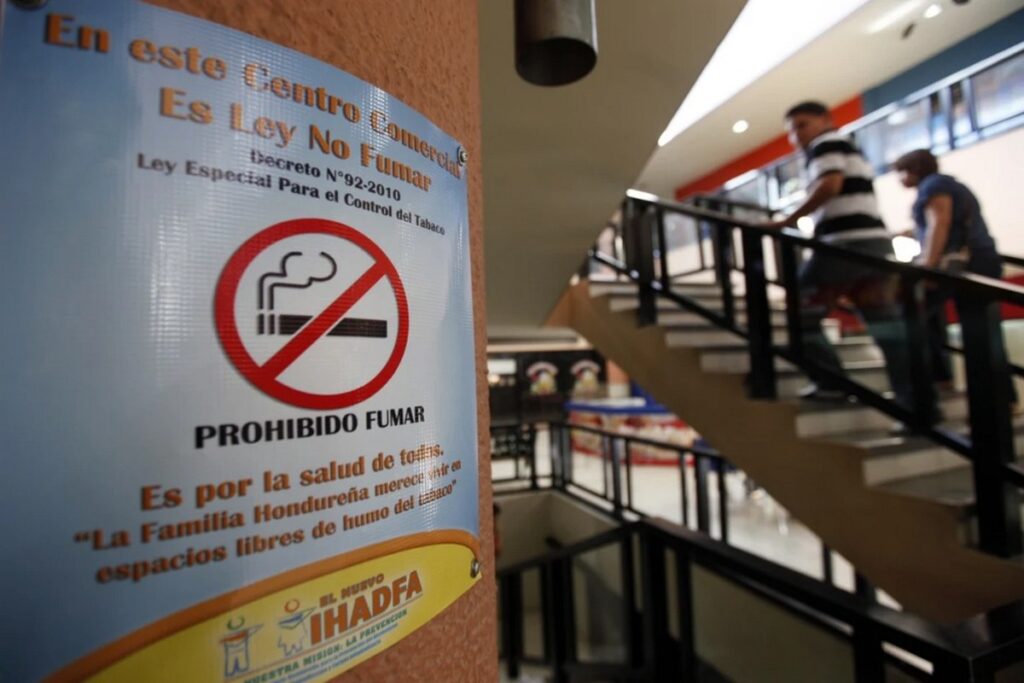
There is anti-smoking legislation in Honduras, which was implemented in 2011. Even though it’s not technically banned, you may get a visit from the police and a fine of $311 if a guest or family member complains about your smoking habit within the house. That’s how much a month of minimum wage in one Central American nation comes down to. Even in public places, smokers must keep at least 1.8 meters from others who aren’t smoking. The Health Ministry estimates that Honduras spends $10 to combat smoking-related ailments for every $1 made by the tobacco industry.
Fishes Fall from the Sky

Yoro in Honduras has a yearly phenomenon known as the rain of fish. Yoro is a rural town in north-central Honduras, and La Unión is a tiny settlement on its outskirts. Due to poverty, many live in small mud huts and usually eat beans and corn. Every once in a while, something remarkable occurs for the people in La Unión. Some people only get to enjoy seafood once a year during this season. A severe storm will arise; the next day, a field will be littered with fish. The locals claim it occurs in the spring or early summer months.
Rich Ecosystems in the Bay Island Coral Reef
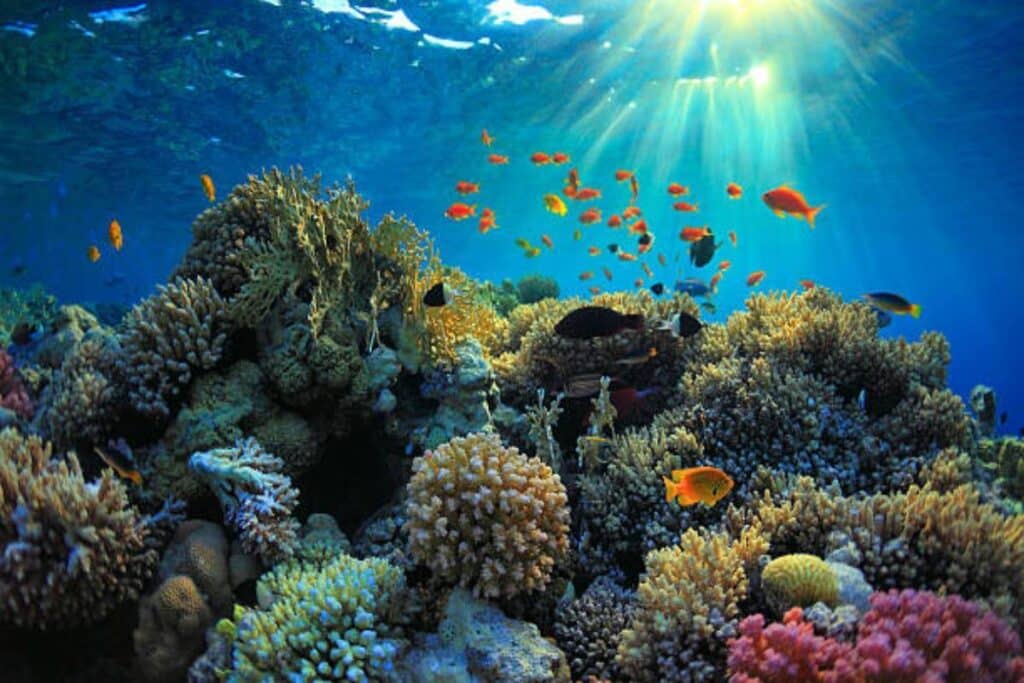
The southernmost point of the reef system we call the Mesoamerican Barrier Reef is in the Bay Islands of Honduras. This reef stretches from the Yucatán Peninsula in Mexico, Belize, and Honduras. Honduras has the healthiest reefs in the Caribbean and the second largest reef after the Great Barrier Reef. You can experience diving in Utila, Guanaja, and Roatán of the Bay Islands. If you’re interested in diving and hoping to see a whale shark, you may do so at any of Utila’s numerous dive spots. The experience of swimming with the world’s biggest fish is quite spectacular.
The Law Protects 40% of its Land
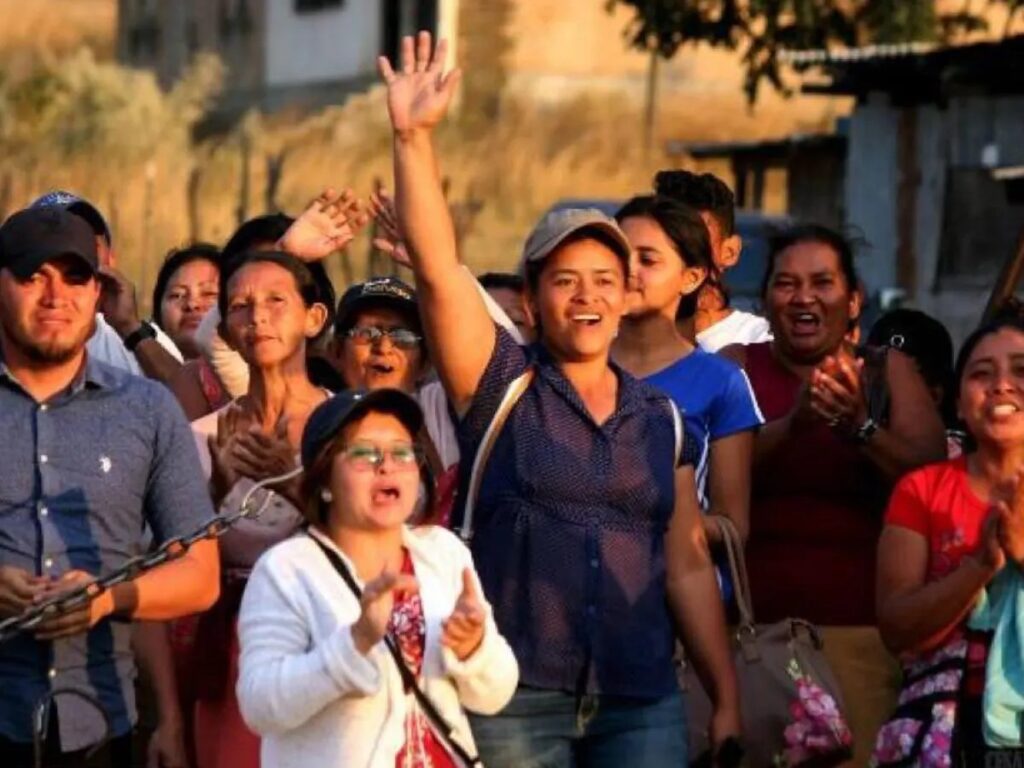
About a hundred national parks may be found in Honduras. Nearly 40% of its landmass is designated as a protected area. Many of these locations are tucked away in the remote Moskitia region. The Caribbean coast department of Atlantida is home to at least eight national parks. The Cangrejal River Valley, a component of this network, is also a major destination for outdoor enthusiasts. In addition to being easily accessible, its proximity to the Honduran Bay Islands is another win. You can plan a trip to one of Honduras’s National Parks and have a side trip on the nearby beaches.
The Oldest Clock in the World
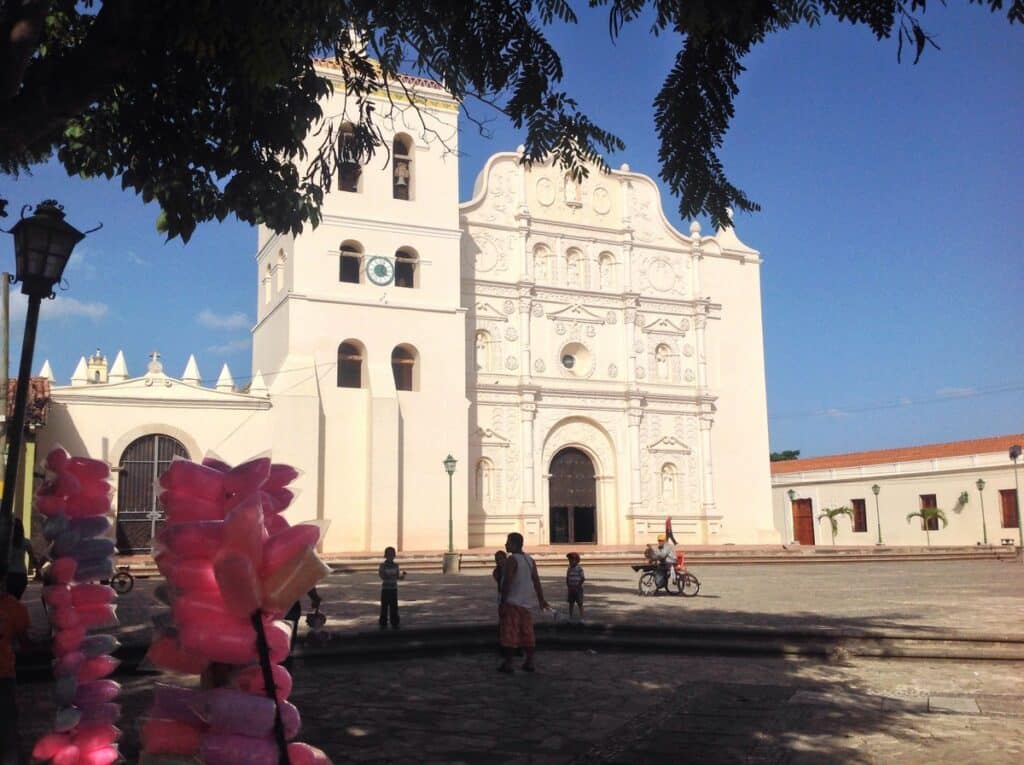
The Comayagua Cathedral, or Immaculate Conception Cathedral, was constructed in 1634, making it one of the oldest churches in Central America. It also houses the oldest clock in North America and the second-oldest clock in the world. The Moors built the clock sometime around the year 1100 AD.
Both King Phillip II of Spain and the Duke of Consentania have been credited with presenting the clock to the city’s new bishop, Jerónimo de Cornella. De Cornella was just installed as the leader of the Diocese of Comayagua. The clock is manually wound daily and strikes the full and quarter hours.
The Story Behind Their Lempira Currency
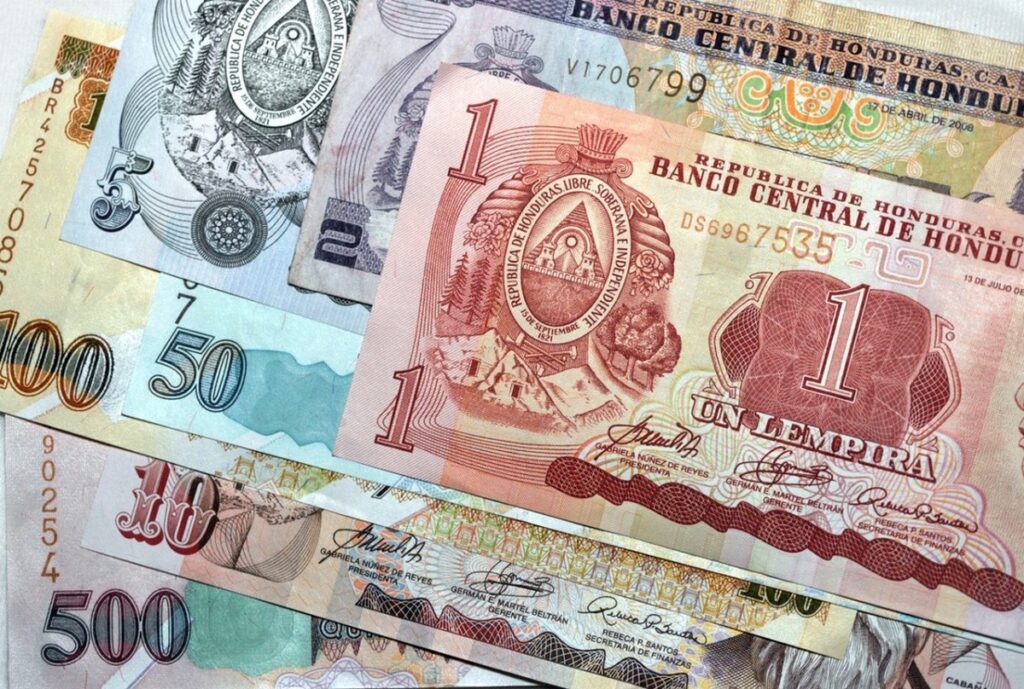
The Honduran Lempira commemorates a 16th-century warrior who helped unite the country. During the Spanish conquest, Lempira, chief of the Lenca people, launched a futile uprising against the invaders. During the reign of Governor Francisco de Montejo, the Spanish attacked the Lempira in what is now the Department of Lempira at Peol de Cirque. After that, Lempira spent months fighting off the Spaniards from a mountain. The Lenca people of today in Honduras and El Salvador are fiercely proud of their heritage. In Lenca, the term lempira means “lord of the mountains.”
Honduran Diet in a Nutshell

The food in Honduras is vibrant in color and flavor. Traditional Honduran meals have been passed down through generations, perfecting fresh, locally sourced ingredients. Corn, beans, rice, tortillas, fruit, and shellfish are typical staples. Breakfast is a major meal in Honduras, but lunch and supper are often lighter. However, most of them are reserved for celebrations and holidays like Easter and Christmas. On the other hand, the everyday Honduran diet is more modest. Baleada, a thick tortilla filled with fried beans, is a classic Honduran cuisine. You can also try it with the cinnamon drink, Horchata, and spicy pinol.
Punta Is a Traditional Honduran Dance
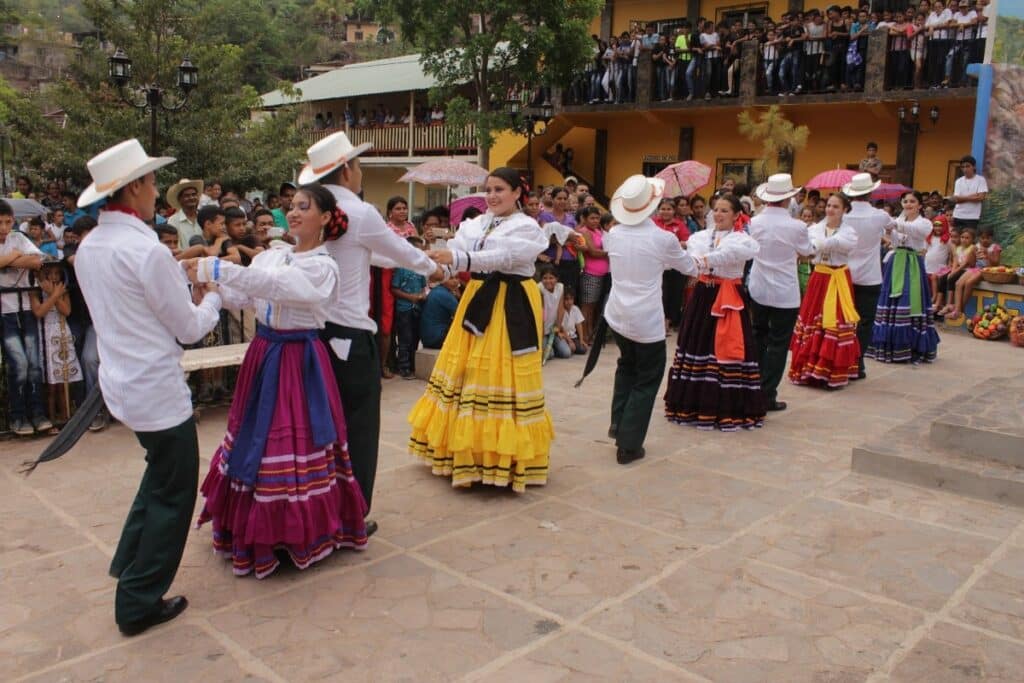
You’ll be surprised by how aesthetically pleasing the Honduran culture is. Honduran music and dance are distinct because it is a mix of indigenous traditions in Europe and different parts of America. You may witness folk dancing, which is the most common dance. Punta is the most well-known kind of Honduran folk music. This lively music style is a fusion of African rhythms, Spanish lyrics, and pulsating percussion. Among the traditional instruments are the marimba, caramba, maracas, claves, and conch shell. Punta music is sometimes accompanied by the banguity dance, which means new life in English.
The Secret of Roatán
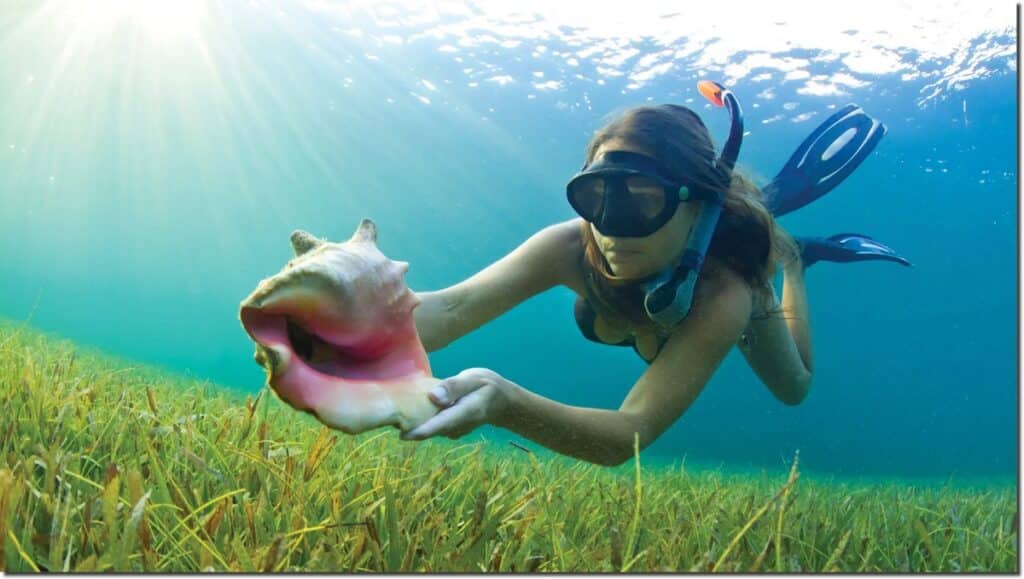
Among the Bay Islands, Roatán is by far the most developed. It is now a major stop for cruise ships and a popular holiday spot, particularly among scuba and snorkeling enthusiasts. Sandy Bay, a tiny settlement on the island of Roatán, is the island’s cultural epicenter. Aside from the water activities, you can swim with dolphins in one of their facilities. In addition, Carambola Gardens are a favorite among nature enthusiasts and visitors. You can also try the other main attractions, such as the Blue Harbor Tropical Arboretum and the Butterfly Gardens. The garden features butterflies that are endemic to Honduras.
Colombus Visited the Trujilo Beaches
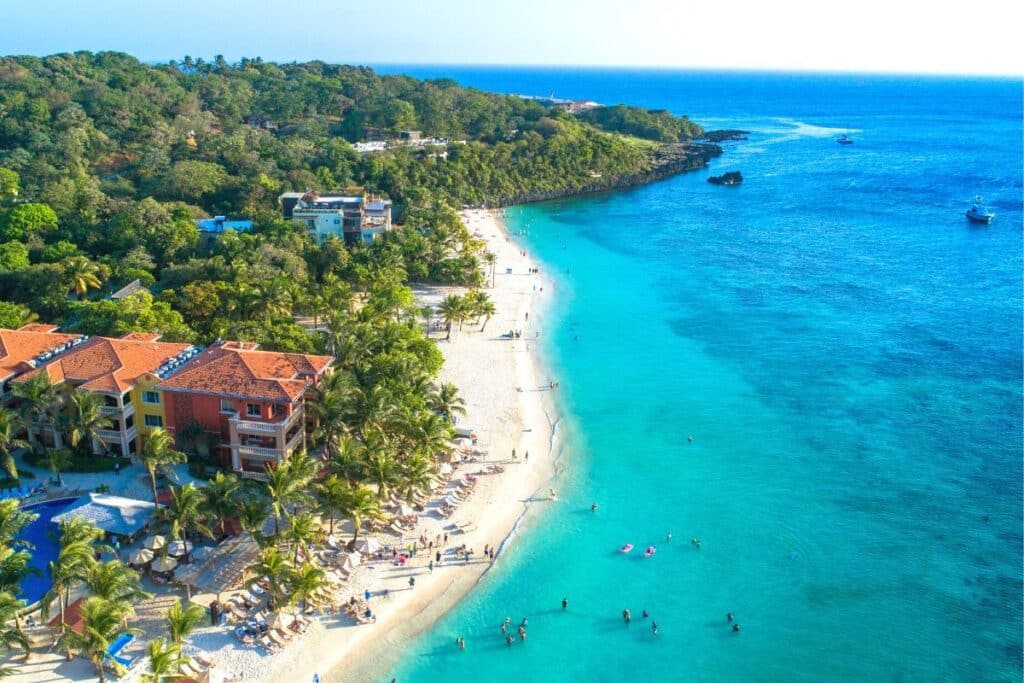
The Honduran capital was once located at Trujillo. This is when Christopher Columbus named Honduras after his fourth and last trip to the Americas. The city of Trujillo always glimmers in the sunshine and pleasant temperatures, earning it the nickname “The City of Eternal Spring.” Trujillo’s Pacific coast location means the city enjoys a pleasant year-round climate. It is home to stunning beaches where you can spend hours soaking up the sun or riding the waves. You can also try plenty of water activities, such as snorkeling and fishing.
Hondurans Never Take Jokes about Football

In July 1969, a football game between Honduras and El Salvador led to a 100-hour battle on the border between the two countries. Although this was a contributing factor, the underlying cause was illegal migration. The 1970 World Cup qualification games between the two nations started in June. After a Honduras victory in the first game, home fans booed the national anthem. El Salvadorians bombed their targets. They even invaded up to 40 kilometers into Honduras during the third game. To end the fight, the OAS established a three-kilometer border demilitarized zone. “The Football War” persists to this day.
Honduras Always Blooms
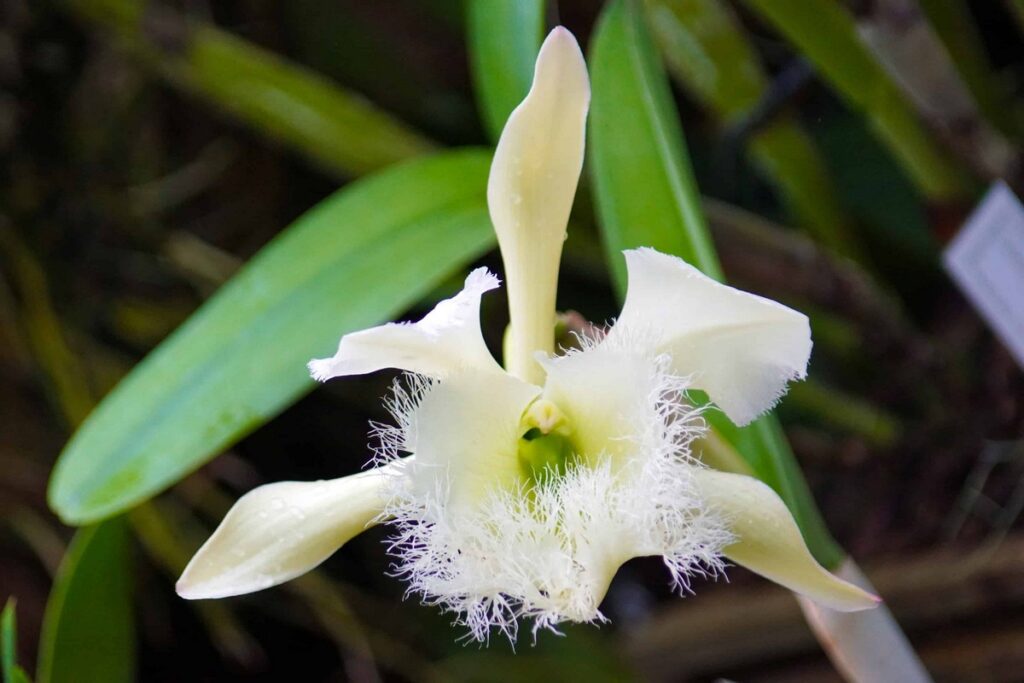
You might want to cool down after a long, hot hike by taking a plunge in the soothing waters of the Lancetilla River. After, you can stroll through the beautiful Lancetilla Botanical Gardens. This garden is the world’s second-largest tropical botanical garden. The United Fruit Company developed the gardens in 1926 to test the profitability of various fruit and timber plants. Beautiful tree groves from Central America and other tropical nations are now part of a protected wildlife corridor along the country’s northern shore. Over 200 tropical bird species live in the area due to its numerous fruit trees.
